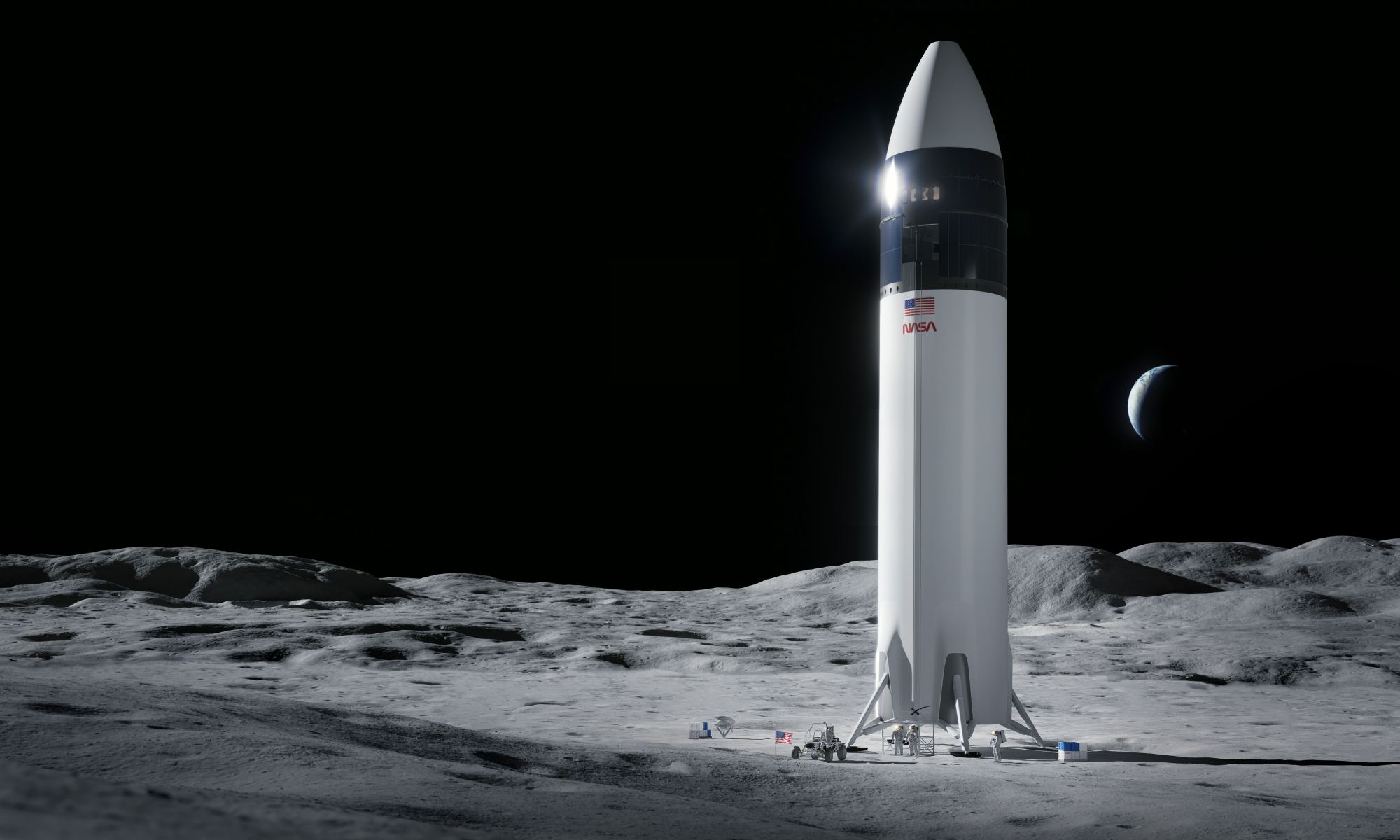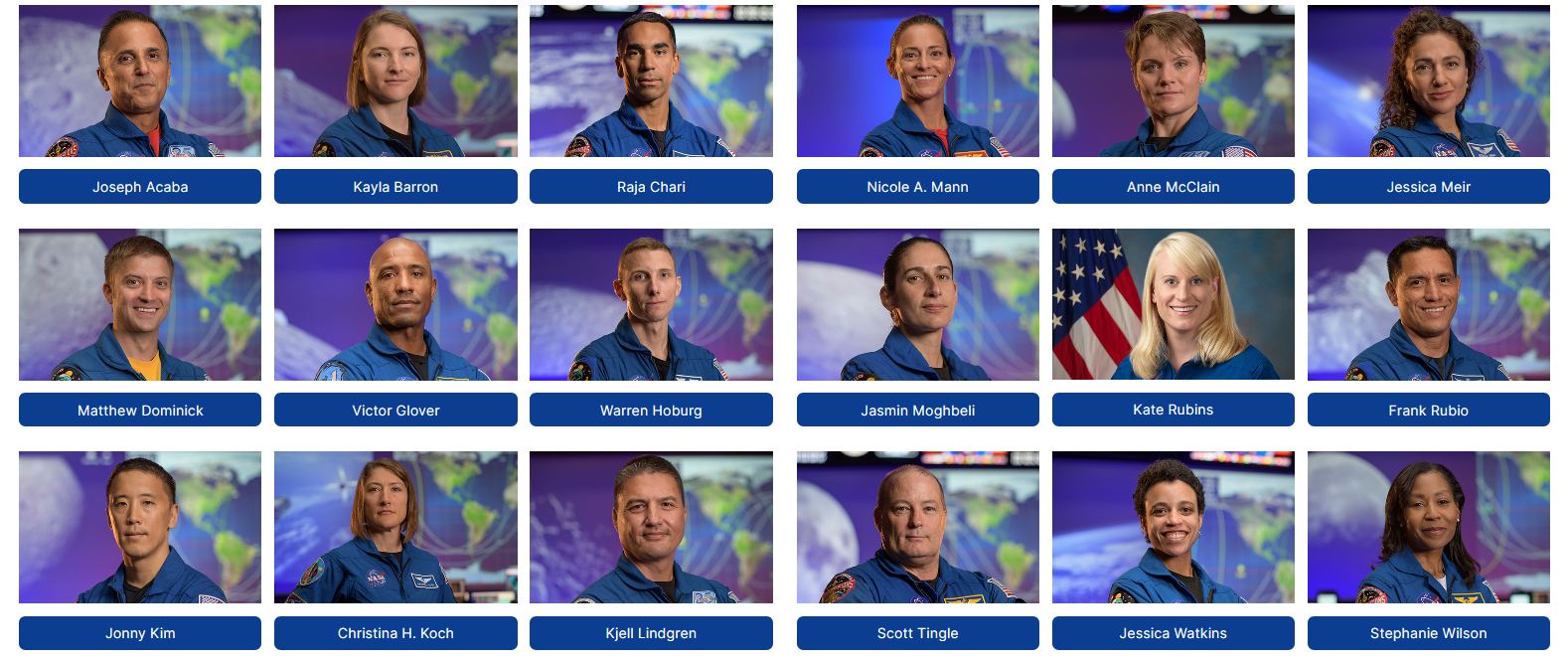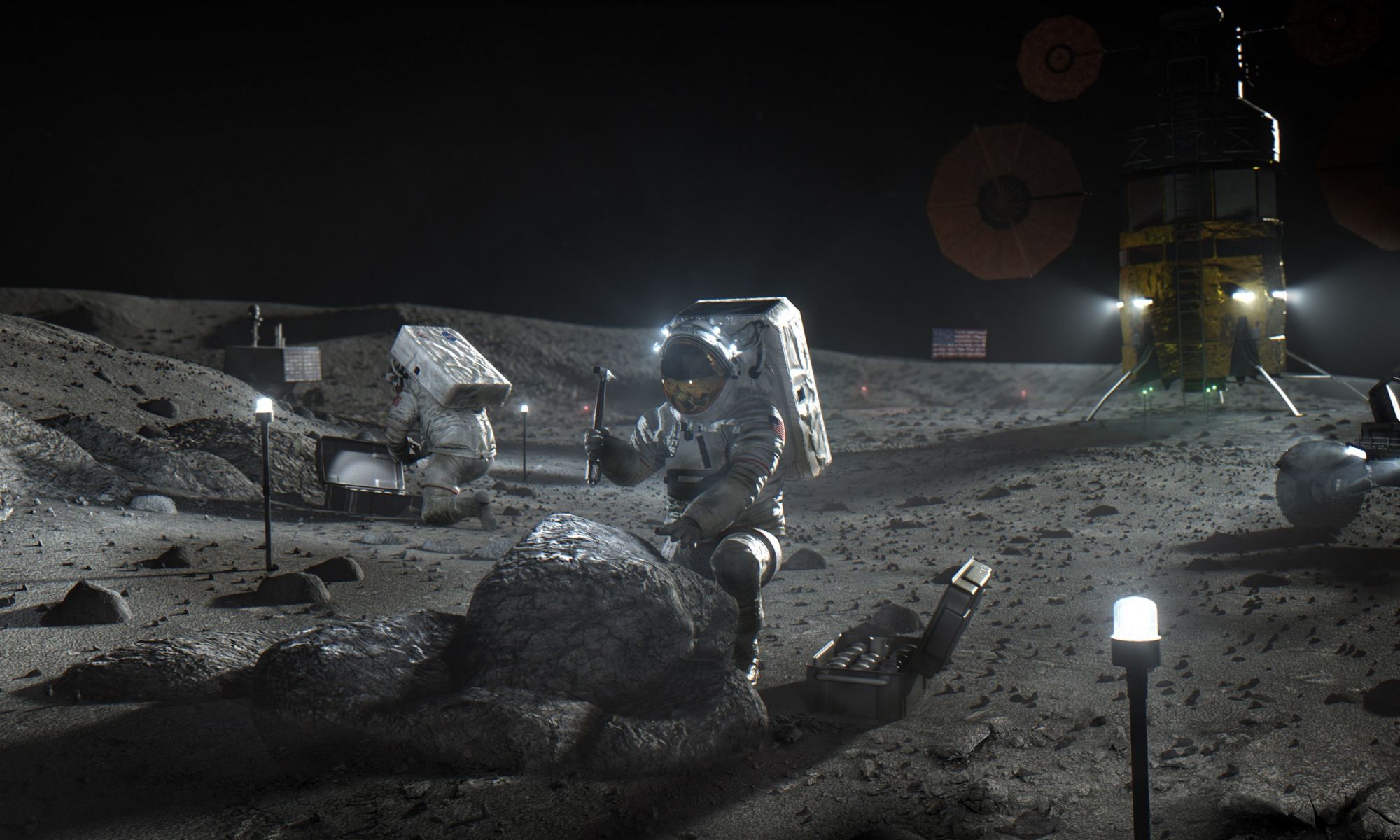As part of the Artemis program, NASA is gearing up to send the “first woman and next man” to the Moon by 2024. Central to this is the development of the Space Launch System (SLS), the most powerful rocket since the Saturn V that took the Apollo astronauts to the Moon, and the Orion spacecraft. But after these elements transport astronauts to Lunar orbit, they will need a lander to take them to and from the surface.
For this reason, NASA contracted a number of commercial partners to develop a Human Landing System (HLS). After much consideration, NASA announced on Friday, April 16th, that they had selected SpaceX to continue developing their concept for a lunar lander. When American astronauts return to the Moon for the first time in fifty-two years, it will be a modified version of the Starship that will bring them there.
Continue reading “NASA Picks SpaceX to Land Astronauts on the Moon!”


